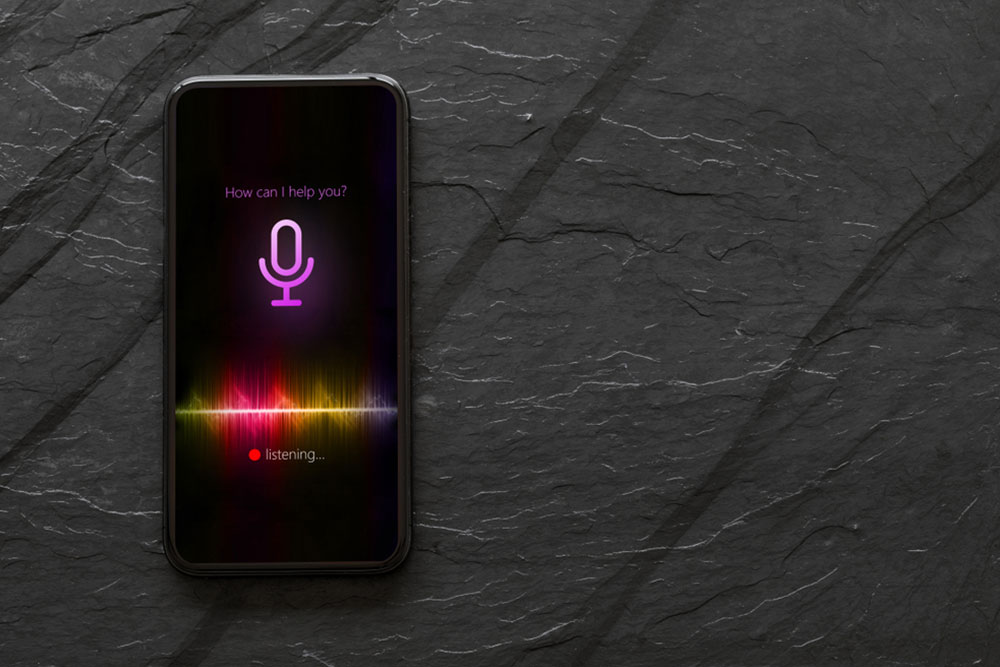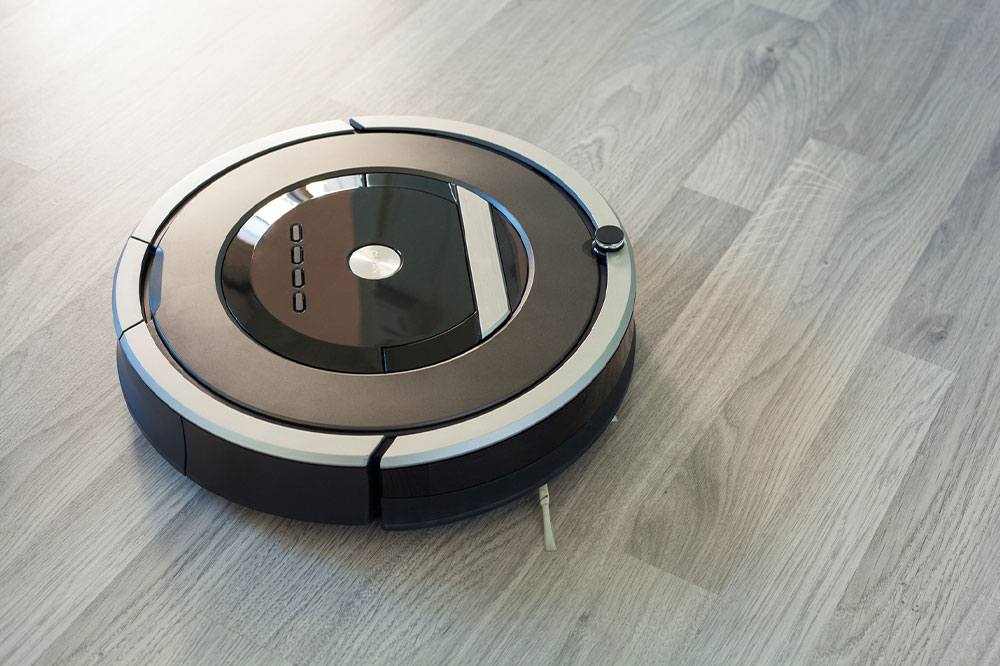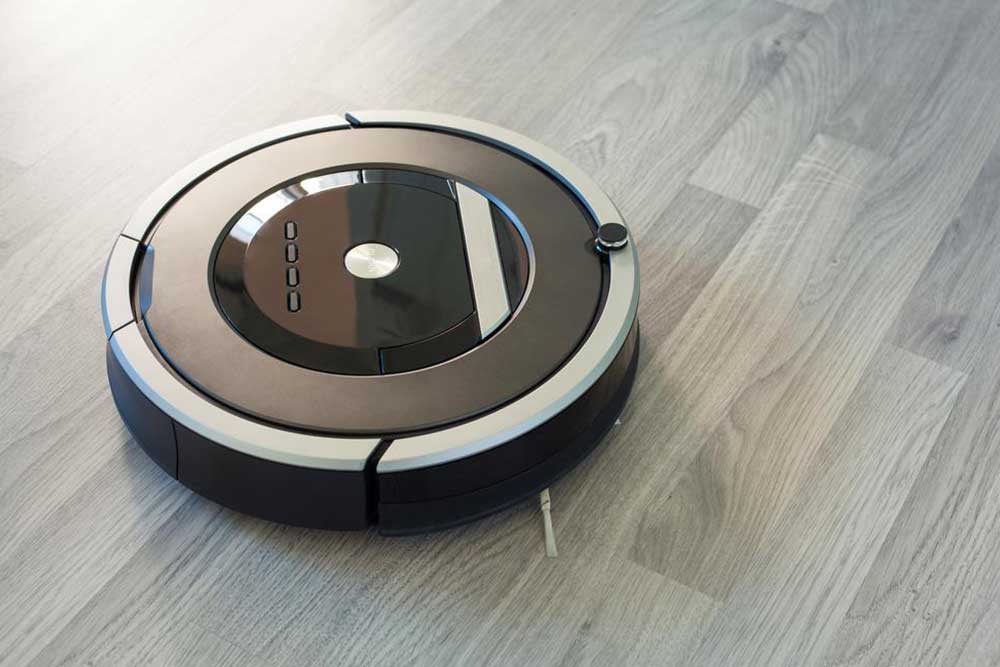The Future of Voice-Controlled Technology: Trends, Benefits, and Challenges
This article explores the latest trends in voice-controlled technology, highlighting its benefits, smart home integration, privacy concerns, and future innovations. It emphasizes how voice assistants are transforming daily routines, enhancing accessibility, and evolving through AI advancements. The piece also discusses industry efforts to improve security and privacy, promising a safer, more intuitive user experience in the coming years. An essential read for tech enthusiasts and smart home users interested in the future of AI-driven voice interactions.

The Future of Voice-Controlled Technology: Trends, Benefits, and Challenges
In recent years, technological innovation has dramatically reshaped the way we interact with digital devices, with voice-controlled technology emerging as one of the most transformative innovations. This shift is not limited to smartphones; it has extended into homes, workplaces, and everyday life, creating a smarter and more interconnected environment. As voice assistants become more sophisticated, their capabilities expand, making daily tasks more convenient, efficient, and accessible for users worldwide. This comprehensive guide explores the latest trends in voice-controlled technology, its numerous benefits, and the important challenges that need to be addressed to ensure a safe and effective user experience.
Exploring the Growing Popularity of Voice-Controlled Assistants
One of the most significant trends in recent years has been the rapid adoption of voice-activated assistants. Devices like Amazon Alexa, Apple Siri, Google Assistant, and Microsoft Cortana are now ubiquitous, integrated into smart speakers, smartphones, tablets, and even home automation systems. These AI-powered tools enable users to perform a wide range of tasks without the need for manual input, revolutionizing our interaction with technology. According to industry analysts, by 2024, nearly 50% of all online searches are expected to be initiated via voice commands, highlighting the immense growth in this sector. This transition toward voice search and command functionality signifies a pivotal step toward fully integrated digital ecosystems.
The Benefits of Voice-Controlled Technology
Voice-controlled assistants offer numerous advantages that significantly enhance daily life. Among the most notable benefits is their ability to provide quick, hands-free access to information. Whether you're asking for the weather forecast, setting reminders, or searching for nearby restaurants, these AI tools deliver instant results, saving valuable time and effort. Furthermore, their versatility extends beyond simple information retrieval. Modern voice assistants can perform complex tasks such as managing smart home devices—adjusting thermostats, turning on lights, controlling security cameras, or even operating entertainment systems—using just your voice. This level of automation lends itself to creating a seamless, interconnected home environment that enhances comfort and convenience.
Another critical advantage is accessibility. Voice technology is especially beneficial for individuals with disabilities, the elderly, or those with mobility challenges. By enabling hands-free control, these assistants help users complete tasks without physical strain or difficulty, promoting independence and dignity. For instance, voice commands can allow seniors to control their home environment or communicate with healthcare providers effortlessly. Additionally, voice assistants can serve as educational tools for children and support language learning, further broadening their utility in various contexts.
Integration with Smart Ecosystems and IoT
One of the most exciting aspects of current development in voice-controlled technology is its integration with the Internet of Things (IoT). Smart homes are becoming increasingly prevalent, with household devices interconnected and managed through centralized voice commands. For instance, users can ask their voice assistants to adjust lighting, lock doors, brew coffee, or turn on appliances—all without lifting a finger. This level of integration not only simplifies daily routines but also promotes energy efficiency and enhanced security. As the ecosystem of connected devices expands, the potential for fully automated homes becomes more tangible, leading to increased convenience and reduced energy costs.
Privacy and Security Concerns: Challenges to Overcome
Despite the numerous advantages, voice-controlled technology is not without its challenges. Privacy concerns remain at the forefront of user hesitations. Voice assistants constantly listen for wake words, which means they are intermittently active and potentially recording private conversations. The storage and processing of sensitive data raise alarms about unauthorized access and data breaches. Malicious actors could exploit vulnerabilities in these systems to hijack devices, steal personal information, or eavesdrop on private discussions.
Additionally, unintended activations caused by background noise or similar-sounding voices sometimes lead to accidental commands being executed. This situation could result in privacy invasions or unintended changes within connected home systems. Some users also worry about their conversations being stored on servers, which might be vulnerable to hacking or misuse.
Addressing these concerns is crucial for the widespread adoption and trustworthiness of voice technology. Industry leaders such as Amazon, Apple, Google, and Microsoft are continuously working on implementing robust encryption methods, providing clearer privacy policies, and offering users more control over their data. Moreover, newer devices incorporate features that allow users to delete their voice recordings easily or opt-out of data collection entirely. These steps are vital in creating a safer, more privacy-conscious voice assistant environment.
The Road Ahead: Innovations and Future Prospects
The future of voice-controlled technology holds tremendous potential for innovation. Advances in natural language processing (NLP) and machine learning are making voice assistants more conversational, intuitive, and capable of understanding complex queries. This evolution will enable them to provide more context-aware responses, offer personalized recommendations, and even predict user needs before being explicitly asked. Additionally, as 5G connectivity becomes widespread, the speed and responsiveness of voice-enabled devices will improve, offering near-instantaneous interactions even in complex scenarios.
Furthermore, innovations in privacy-preserving AI techniques will help mitigate security risks and build user confidence. Integration with augmented reality (AR) and virtual reality (VR) platforms will open new frontiers for immersive voice-controlled experiences, from gaming to professional applications. As technology matures, we can expect voice assistants to become more human-like, with emotional intelligence and social skills, capable of engaging in meaningful conversations and providing support in various aspects of life.
In conclusion, voice-controlled technology is rapidly transforming our interaction with digital environments, offering unmatched convenience, accessibility, and intelligence. While challenges related to privacy and security still need to be addressed, ongoing innovations and industry commitments suggest a promising future. As these AI tools become more refined, expect a world where voice is the primary interface—making technology more natural, intuitive, and integrated into our daily routines.





